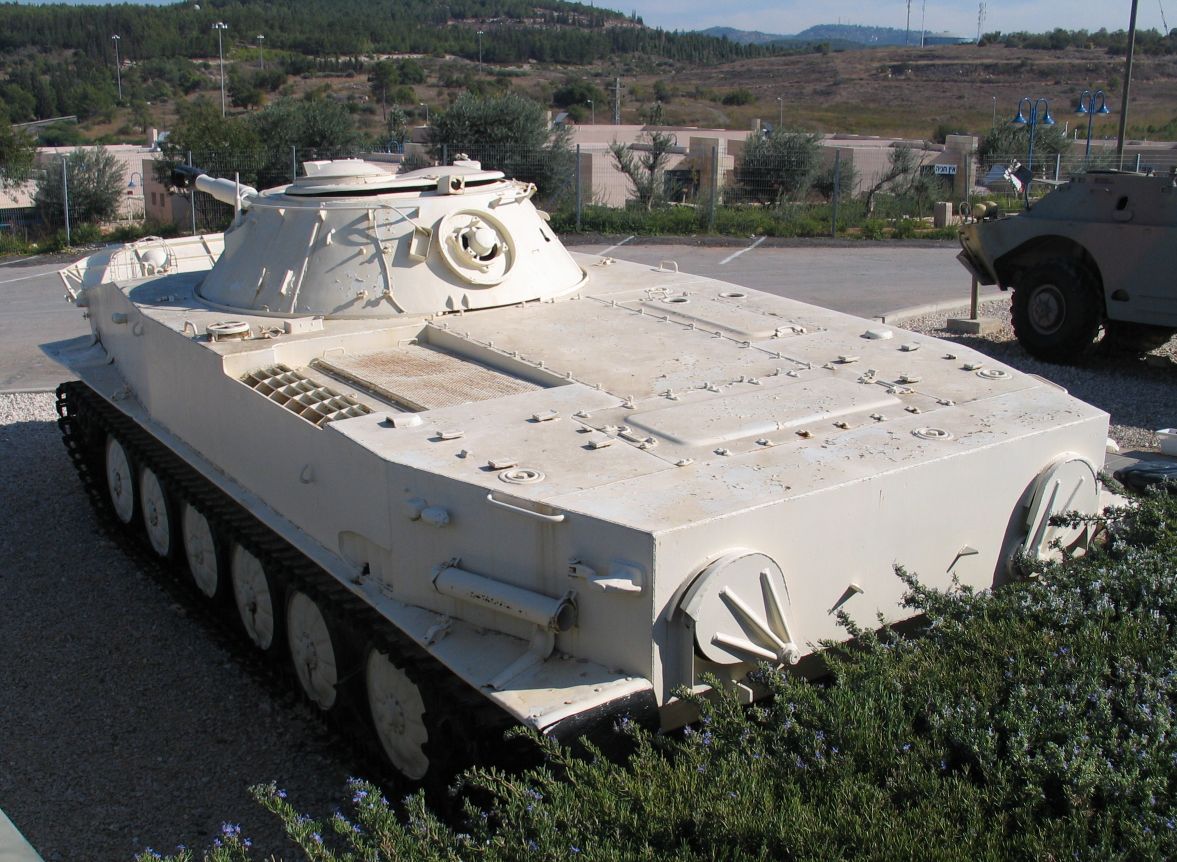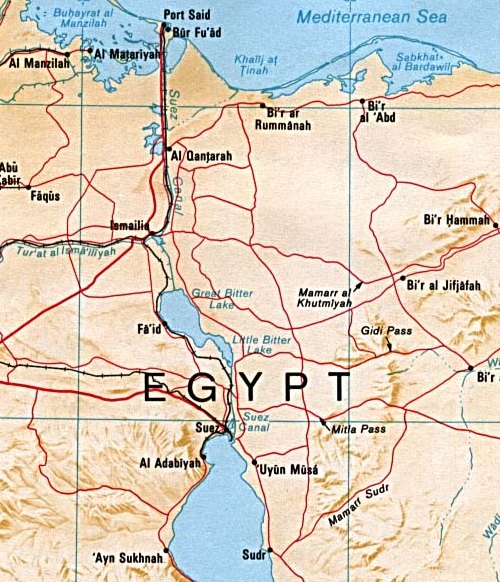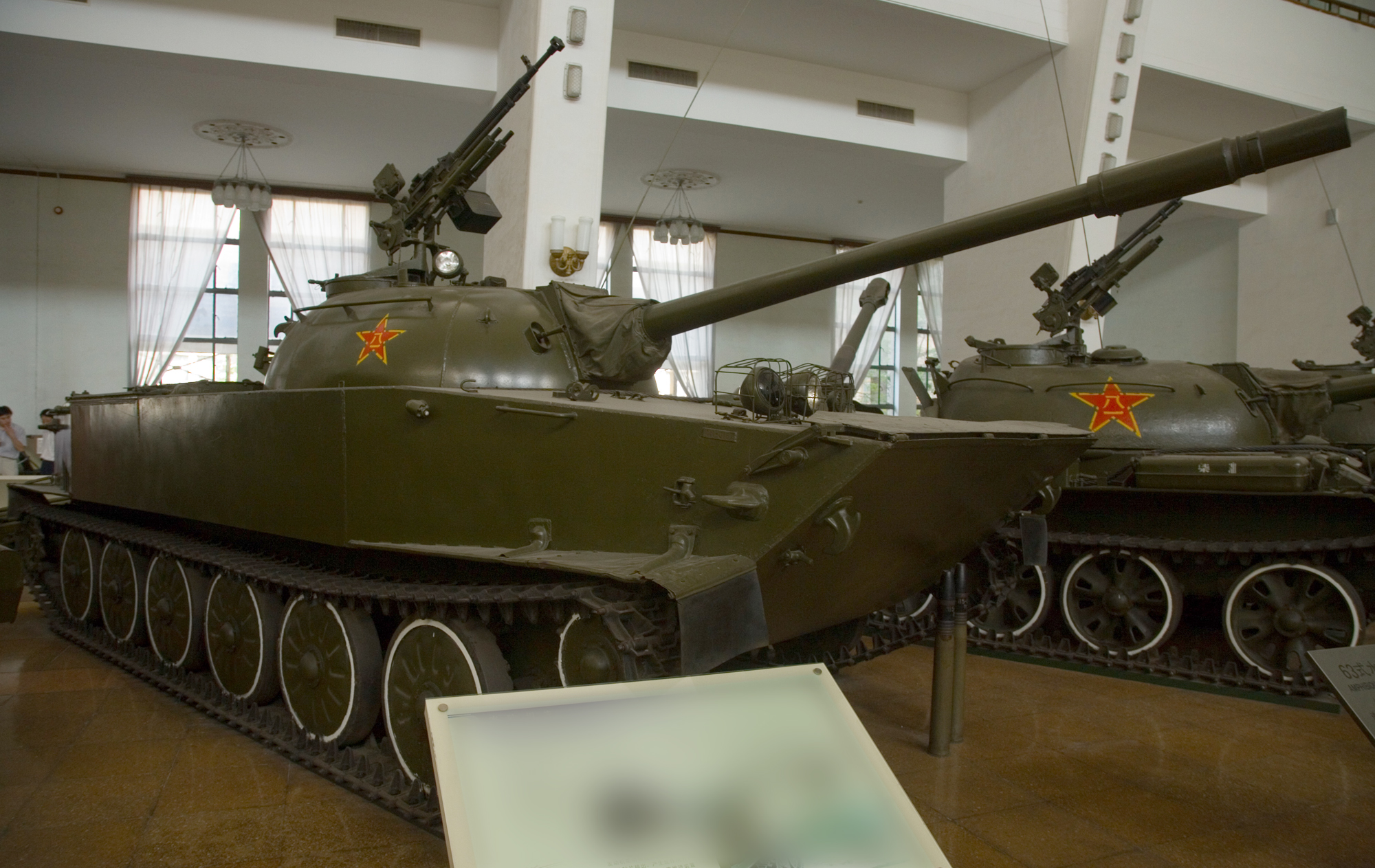|
BTR-50
The BTR-50 (BTR stands for ''Bronetransporter'' (БТР, Бронетранспортер), literally "armored transporter") is a Soviet amphibious armored personnel carrier (APC) based on the PT-76 light tank. The BTR-50 is tracked, unlike most in the BTR series, which are wheeled. The BTR-50 shares many similarities with two other APCs, the OT-62 TOPAS and the Type 77. While the OT-62 is an improved copy of the BTR-50 developed jointly by Czechoslovakia and Poland, the Type 77, based on the Type 63 amphibious light tank developed by the People's Republic of China (PRC), is not a copy of the BTR-50. Description Like the PT-76, the BTR-50 has a flat, boat-shaped hull. Unlike the PT-76, it has a new superstructure added to the front of the vehicle. The hull of the BTR-50 is made of all-welded steel with the crew compartment in the front, the troop compartment in the center and the engine compartment at the rear. It has the ability to transport up to 20 fully equipped infa ... [...More Info...] [...Related Items...] OR: [Wikipedia] [Google] [Baidu] |
OT-62 TOPAS
The OT-62 TOPAS is a series of amphibious tracked armoured personnel carriers developed jointly by Polish People's Republic and Czechoslovakia (ČSSR). OT-62 stands for ''Obrněný Transportér vzor 62'' – "armoured personnel carrier model 62". TOPAS stands for ''Transportér Obrněný Pásový'' – "tracked armoured personnel carrier". Development In the late 1950s Czechoslovakia bought a license to produce BTR-50s from the Soviet Union. The received documentation was used to develop a new tracked armoured personnel carrier for Czechoslovak army and Ludowe Wojsko Polskie (LWP). The work started in 1958 and the first prototype was completed in 1962. After it passed the trials it was accepted and received the name TOPAS. Because the standard TOPAS vehicle used by the LWP (Polish People's Army) was unarmed, the design bureau of Wojskowa Akademia Techniczna (WAT) (Military Technical Academy) designed a variant armed with a new turret placed centrally on top of the superstructur ... [...More Info...] [...Related Items...] OR: [Wikipedia] [Google] [Baidu] |
PT-76
The PT-76 is a Soviet amphibious light tank that was introduced in the early 1950s and soon became the standard reconnaissance tank of the Soviet Army and the other Warsaw Pact armed forces. It was widely exported to other friendly states, like India, Iraq, Syria, North Korea and North Vietnam. The tank's full name is Floating Tank–76 (, ''plavayushchiy tank'', or ). ''76'' stands for the caliber of the main armament: the 76.2 mm D-56T series rifled tank gun. The PT-76 is used in the reconnaissance and fire-support roles. Its chassis served as the basis for a number of other vehicle designs, many of them amphibious, including the BTR-50 armored personnel carrier, the ZSU-23-4 self-propelled antiaircraft gun, the ASU-85 airborne self-propelled gun and the 2K12 Kub anti-aircraft missile launch vehicle. Development After World War II, the concept of light tanks was resurrected in the USSR. They were to be used in reconnaissance units and therefore an amphibious ab ... [...More Info...] [...Related Items...] OR: [Wikipedia] [Google] [Baidu] |
Yad La-Shiryon
Yad La-Shiryon (officially: The Armored Corps Memorial Site and Museum at Latrun; he, יד לשריון) is Israel's official memorial site for fallen soldiers from the armored corps, as well as one of the most diverse tank museums in the world. The cornerstone for Yad La-Shiryon was laid on . The site was created through the initiative of veteran officers of the armored corps. The outdoor display includes 110 tanks and other armored fighting vehicles, both Israeli and captured enemy examples including the Merkava and T-34, T-54, T-55, T-62 tanks, as well as vehicles obtained or purchased from allied nations specifically for diversifying the collection like the German Leopard tank or the only T-72 on display in Israel. Other notable items include: an M4 Sherman tank mounted high atop a former British water tower; a collection of mobile bridges constructed by the IDF (Israeli Defense Forces) which can be carried by tanks and erected while under fire; captured enemy vehicles, mos ... [...More Info...] [...Related Items...] OR: [Wikipedia] [Google] [Baidu] |
Type 77 (armoured Personnel Carrier)
The Norinco Type 77 is a Chinese amphibious armoured personnel carrier. First fielded in 1978, it is in many ways similar to the earlier Soviet BTR-50. However the two vehicles share little in their designs, as the Type 77 is based on the Type 63 light tank. Variants Base variants * Type 77 - Chinese tracked amphibious APC based on the Type 63-I amphibious light tank. The industrial designator is WZ511. ** Type 77-1 - amphibious armoured personnel/artillery carrier designed to carry a disassembled gun (85 mm towed anti-tank gun or 120 mm towed howitzer) on the roof. The vehicle has hydraulic winch and ramps to load/unload the gun. The industrial designator is WZ511-1. ** Type 77-2 - amphibious armoured personnel carrier. No winch and ramps. The industrial designator is WZ511-2. ** Type 76 ARV - recovery vehicle. Major modifications * Type 89 self-propelled howitzer (PLZ-89) - Type 77 converted into a self-propelled howitzer armed with 122 mm gun. Although most v ... [...More Info...] [...Related Items...] OR: [Wikipedia] [Google] [Baidu] |
War Of Attrition
The War of Attrition ( ar, حرب الاستنزاف, Ḥarb al-Istinzāf; he, מלחמת ההתשה, Milhemet haHatashah) involved fighting between Israel and Egypt, Jordan, the Palestine Liberation Organisation (PLO) and their allies from 1967 to 1970. Following the 1967 Six-Day War, no serious diplomatic efforts tried to resolve the issues at the heart of the Arab–Israeli conflict. The 1967 Arab League summit formulated in September the " three no's" policy: barring peace, recognition or negotiations with Israel. The Egyptian President Gamal Abdel Nasser believed that only military initiative would compel Israel or the international community to facilitate a full Israeli withdrawal from Sinai, and hostilities soon resumed along the Suez Canal. These initially took the form of limited artillery duels and small-scale incursions into Sinai, but by 1969, the Egyptian Army judged itself prepared for larger-scale operations. On March 8, 1969, Nasser proclaimed the offi ... [...More Info...] [...Related Items...] OR: [Wikipedia] [Google] [Baidu] |
Yom Kippur War
The Yom Kippur War, also known as the Ramadan War, the October War, the 1973 Arab–Israeli War, or the Fourth Arab–Israeli War, was an armed conflict fought from October 6 to 25, 1973 between Israel and a coalition of Arab states led by Egypt and Syria. The majority of combat between the two sides took place in the Sinai Peninsula and the Golan Heights—both of which were occupied by Israel in 1967—with some fighting in African Egypt and northern Israel. Egypt's initial objective in the war was to seize a foothold on the eastern bank of the Suez Canal and subsequently leverage these gains to negotiate the return of the rest of the Israeli-occupied Sinai Peninsula. The war began on October 6, 1973, when the Arab coalition jointly launched a surprise attack against Israel on the Jewish holy day of Yom Kippur, which had occurred during the 10th of the Islamic holy month of Ramadan in that year. Following the outbreak of hostilities, both the United States and the ... [...More Info...] [...Related Items...] OR: [Wikipedia] [Google] [Baidu] |
Six-Day War
The Six-Day War (, ; ar, النكسة, , or ) or June War, also known as the 1967 Arab–Israeli War or Third Arab–Israeli War, was fought between Israel and a coalition of Arab world, Arab states (primarily United Arab Republic, Egypt, Syria, and Jordan) from 5 to 10 June 1967. Escalated hostilities broke out amid poor relations between Israel and its Arab neighbours following the 1949 Armistice Agreements, which were signed at the end of the 1948 Arab–Israeli War, First Arab–Israeli War. Earlier, in 1956, regional tensions over the Straits of Tiran escalated in what became known as the Suez Crisis, when Israel invaded Egypt over the Israeli passage through the Suez Canal and Straits of Tiran, Egyptian closure of maritime passageways to Israeli shipping, ultimately resulting in the re-opening of the Straits of Tiran to Israel as well as the deployment of the United Nations Emergency Force (UNEF) along the Borders of Israel#Border with Egypt, Egypt–Israel border. In ... [...More Info...] [...Related Items...] OR: [Wikipedia] [Google] [Baidu] |
Type 63 (light Tank)
The Norinco Type 63 () is a Chinese amphibious light tank. First fielded in 1963, it is in many ways similar to the earlier Soviet PT-76. However, contrary to the popular belief, it does have some essential differences from the PT-76 in the vehicle's waterjet propulsion system, etc. It is also known under its industrial designation, the WZ-211. Type 63 is being replaced by Type 63A. Development history The Chinese obtained a few PT-76 amphibious light tanks from the Soviet Union in the mid-1950s. In October 1958, the PLA decided to develop an indigenous amphibious tank based on the PT-76 design. The development program was carried out by 201 Institute and the 615 Factory. A prototype known as WZ-211 (Type 60) was built and tested in 1959, but the design suffered from a number of problems including engine overheating. The PLA wasn't satisfied with the performance of the vehicle, which led to the development of an improved version. It was jointly developed by Military Engineering ... [...More Info...] [...Related Items...] OR: [Wikipedia] [Google] [Baidu] |
Amphibious Vehicle
An amphibious vehicle (or simply amphibian), is a vehicle that is a means of transport viable on land as well as on or under water. Amphibious vehicles include amphibious bicycles, ATVs, cars, buses, trucks, railway vehicles, combat vehicles and hovercraft. Classic landing craft are not amphibious vehicles as they do not offer any real land transportation at all, although they are part of amphibious warfare. Ground effect vehicles, such as ''ekranoplans'', will likely crash on any but the flattest of landmasses so are also not considered to be amphibious vehicles. General technical notes Apart from the distinction in sizes mentioned above, two main categories of amphibious vehicles are immediately apparent: those that travel on an air-cushion ( Hovercraft) and those that do not. Amongst the latter, many designs were prompted by the desire to expand the off-road capabilities of land-vehicles to an "all-terrain" ability, in some cases not only focused on creating a t ... [...More Info...] [...Related Items...] OR: [Wikipedia] [Google] [Baidu] |
Torsion Beam Suspension
The twist-beam rear suspension (also torsion-beam axle, deformable torsion beam or compound crank) is a type of automobile suspension based on a large H or C-shaped member. The front of the H attaches to the body via rubber bushings, and the rear of the H carries each stub-axle assembly, on each side of the car. The cross beam of the H holds the two trailing arms together, and provides the roll stiffness of the suspension, by twisting as the two trailing arms move vertically, relative to each other. Functioning The coil springs usually bear on a pad alongside the stub-axle. Often the shock is colinear with the spring forming a coil-over. In many cases the damper is also used as a restraint strap to stop the arm descending so far that the coil spring falls out through being completely unloaded. This location gives a high motion ratio compared with most suspensions, improving performance. The longitudinal location of the cross beam controls important parameters of the suspens ... [...More Info...] [...Related Items...] OR: [Wikipedia] [Google] [Baidu] |







